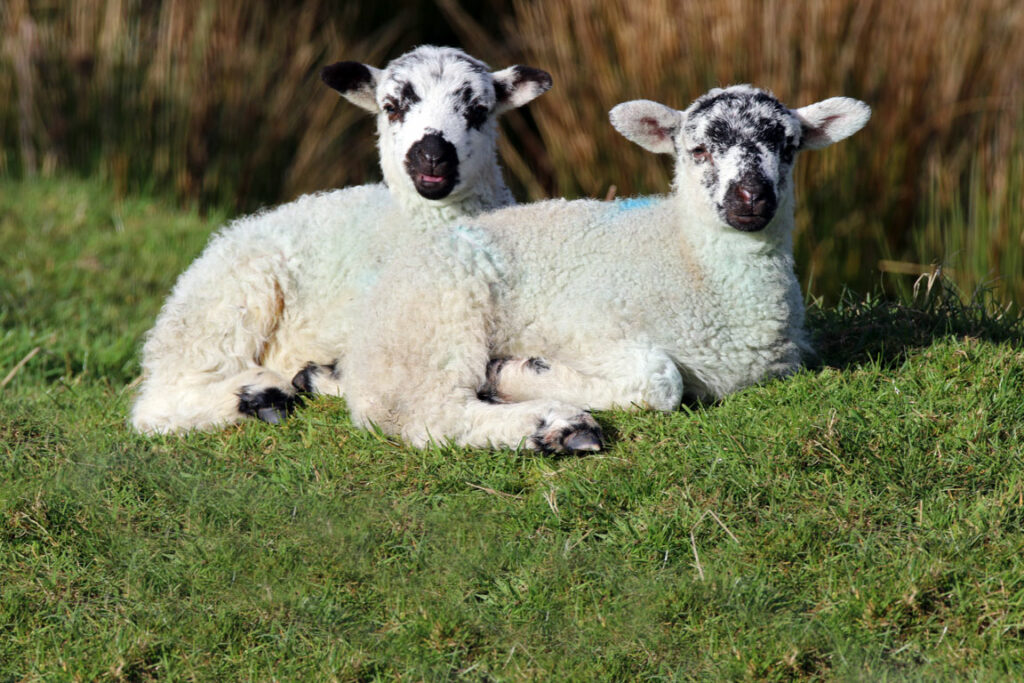Contents
- The objectives of the sheep enterprise
- The concepts of sheep nutrition
- Feed intake
- Energy
- Protein
- Minerals & Vitamins
- Water
- Popular husbandry systems
The objectives of the sheep enterprise
The objective of feeding the ewe is to produce lambs, whether they are for breeding, storing, or finishing for slaughter.
Profitability of all sheep enterprises is directly related to lamb output. This is true of extensive hill systems, intensive high output systems and pedigree breeding stock systems.
Lamb output is directly related to the number of live lambs produced and their growth rate.
Lamb performance is directly influenced by the feeding of the ewe.
The nutrition of the ewe right through the year, will have a direct bearing on production. Planned feeding programs along with good general husbandry and stockmanship, especially during the key periods of tupping, pre lambing, and immediate post lambing; will drive the performance of the enterprise as a whole.
Feeding the ewe should be considered as a long-term plan since today’s feeding regime will have a direct consequence on tomorrows performance. For example, flush feeding the ewes at tupping will increase the numbers of viable lambs being carried by the pregnant ewes. Careful feeding is required if these lambs are to be born alive and with good healthy body weights to a mother that will be able to produce enough milk to rear them successfully.
The sheep enterprise on any individual farm should be geared to the productive capability of that farm.
For example, it would be folly to try and rear big pedigree Suffolk sheep using an extensive hill sheep feeding system. The grassland would be unable to provide enough nutrients for this fast-growing high output animal to thrive.
Another example would be the problem incurred by putting a mountain sheep on to a high nutrient density ration. The ewe would get far too fat and probably develop Fatty Liver Syndrome, suffer from twin lamb disease, and physical problems at lambing.
A realistic assessment of what is possible based on the nature of the farms land productivity is essential if the enterprise is to be successful.
I have chosen to deal with the nutrition of the ewe by initially dealing with the basics of ruminant nutrition. The systems of feeding and rearing are many and varied, I have summarised the main ones after the main section on nutrition; but many farmers will choose to fine tune and manipulate the systems as they see fit.
The key tables at the end of this article supply all the basic requirement information needed to ensure successful ration parameter setting.

